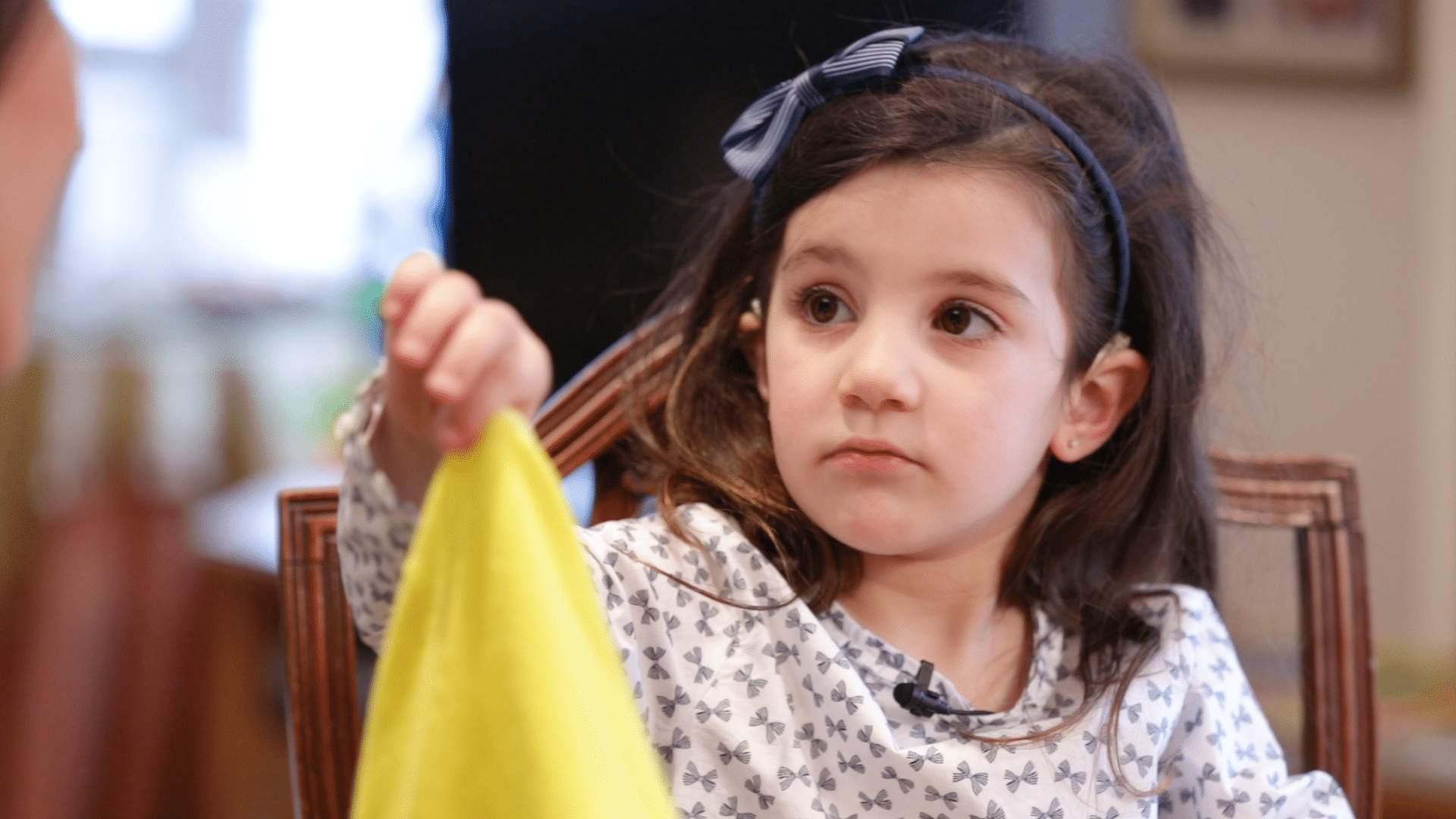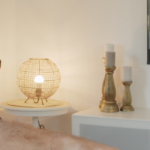MED-EL
Published Mar 06, 2019
Rehab At Home: What is ‘Listening First’?

Today’s Rehab At Home post is about “Listening first”. This strategy is about providing your child with auditory information first, before giving visual cues—in other words, adding words to your actions, before doing them. This helps your child to build their listening skills, which are important skills for the use of spoken language and learning in the classroom.
Why Is ”Listening First” Important?
We use “listening first” as a way to develop the part of your child’s brain responsible for processing auditory information. A typically hearing child starts hearing about 20 weeks before they’re even born. However a child with a profound hearing loss may not be able to hear anything until 12 months of age, when they get a cochlear implant. This means they miss out on important early auditory input.
A baby’s brain is very malleable in the first three and a half years of life. It learns and adapts quickly from experiences and the environment. As a child receives sound, known as auditory information, auditory pathways develop in their brain in order to process the sounds they’re hearing. But children with a hearing impairment have had a period of time where the brain has had no or limited auditory access. Because of this, they have had less time to build those auditory pathways in their brain. “Listening first” aims to strengthen these auditory brain pathways, and your child’s listening skills, by encouraging them to focus on auditory information.
How Can I Use Listening First With My Child?
You can use this strategy easily in your daily routine. With your child, talk about what you’re going to see or do before you see or do it. By doing this, your child will focus on the auditory information (your talking) and then link what they hear with what they see, building their auditory skills.
In this video, Mia’s mum demonstrates “listening first” when giving a baby doll a bath. Mia’s mum tells Mia what they are going to do, for example “We’re going to pour the water in the bath”, before they pour the water together.
Here are some other ideas for using ‘listening first’ with your child.
What Activities Can We Do With Younger Children?
- Pause just before completing an action with your child and talk about it first. For example,
- When it’s time for your child to have a meal, say “It’s time for your breakfast” before you go to the kitchen. Say “You are going to eat some banana” before you take the banana out. Say “Ohh your hands are all dirty now” before you point to them. Say “Let’s wash them” before you go to the sink.
- When it’s time to go outside, say “We have to go in the car now” before you get to the door. Say “Let’s put your shoes on” before you pick up the shoes. Say “Let’s open the door” before you open it.
- Talk throughout your daily routines with acoustic highlighting on key words before doing actions. Then repeat these key words and phrases while carrying out your routines with your child
What Activities Can We Do With Older Children?
- While reading books with your child, take a peek on the next page or behind the flap. Talk about what is coming next, what is hidden or predict what will happen next before you show your child. This will encourage them to focus on the auditory information (what you are saying) before they get the visual information (seeing the picture).
- Give your child clues through listening during conversation or when they ask you a familiar question. For example, give your child clues about what is for dinner when they ask, before telling them the name of the meal. For example “Tonight we are going to have your dad’s favorite meal. It has tomatoes in it. It is spaghetti Bolognese”.
- Play guessing games, where you have a picture or a toy hidden. Give your child clues for them to guess what it is before you show them. For example, say “I have a little toy animal in my hand. It is yellow. It has a long neck and black spots. It’s a … (giraffe)”.
Interested in more from Rehab At Home? Check out all the videos on our Rehab At Home intro page.
Find out more about how cochlear implants work and how they could help you or your child.
MED-EL
Was this article helpful?
Thanks for your feedback.
Sign up for newsletter below for more.
Thanks for your feedback.
Please leave your message below.
Thanks for your message. We will reply as soon as possible.
Send us a message
Field is required
John Doe
Field is required
name@mail.com
Field is required
What do you think?
MED-EL


